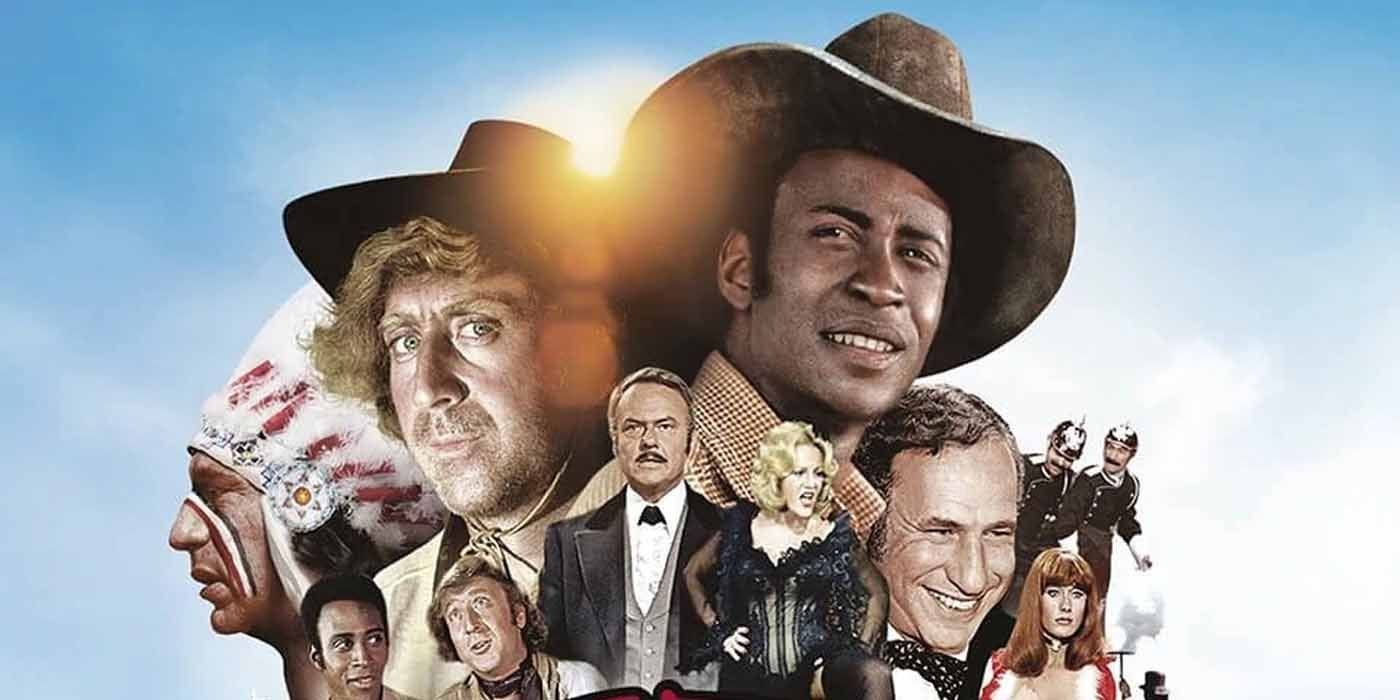Why Blazing Saddles is not just one of the funniest movies of all time, but still works as a film
Surprisingly, it's the dramatic aspect
I don’t mean to tackle the ongoing “Nobody could make Blazing Saddles today” debate, which is litigated by people on Twitter who are less comedy professionals and more comedy hobbyists and lifestyle comedians. Anyone can make anything if they get the funding – the thesis really is, “Blazing Saddles could never be a crossover blockbuster hit today,” and that may or may not be true. That’s not my concern.
What I mean is that Blazing Saddles comes close to not working as a movie, a ninety-minute narrative with a beginning, middle, and end, and a character the audience can root for. That’s because unlike the other Mel Brooks hit of the summer, Young Frankenstein, or the movies that came before it – The Producers and The Twelve Chairs – Blazing Saddles is structured as a series of blackout sketches that could have easily been at home on The Sid Caesar Show, Brooks’ first comedfy writing gig.
Which is not to diminish the film or the sketches that comprise it. Quite…



